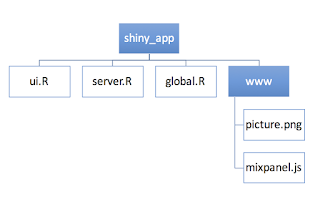How to Prepare for Tableau Desktop 9 Qualified Associate Exam
Last week I passed the Tableau Desktop Qualified Exam, so I decided to give back to the Tableau community about my studying experience. I studied about 1-2 weeks for the exam, average about 2 hours per day, even though I had about 2 years user experience with Tableau. The purpose of the exam is to test how much a candidate is familiar with the software instead of how good a candidate's visualization skills are. A post named ' Rumor has it...' in the community discussed about the fact that some candidates with few years working experience in Tableau failed the exam. If you are wondering if you should invest time and money in the exam (as it's quite expensive), I recommend to read my other post Why Do You Want to Take the Tableau Certificate Exam .



